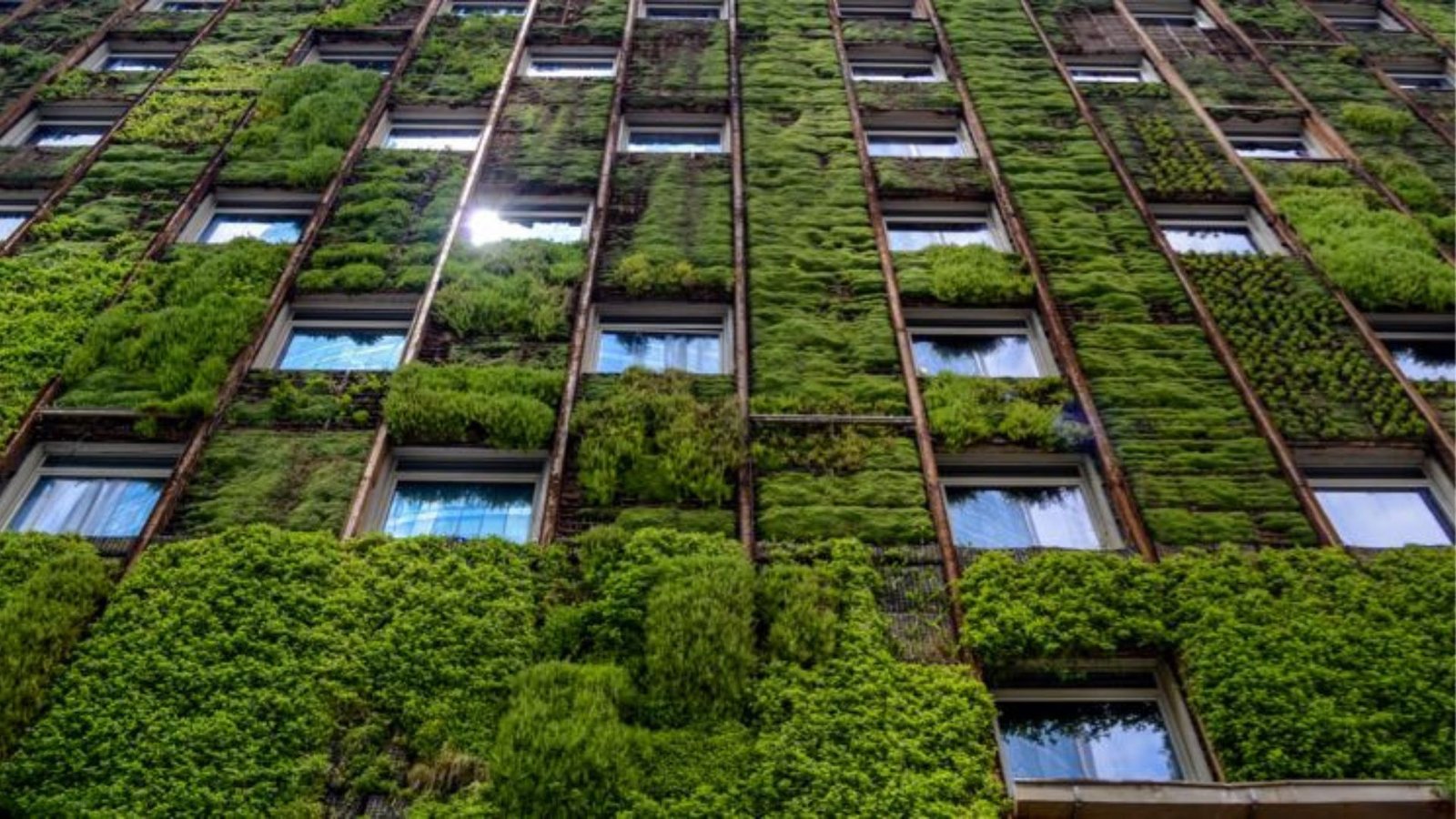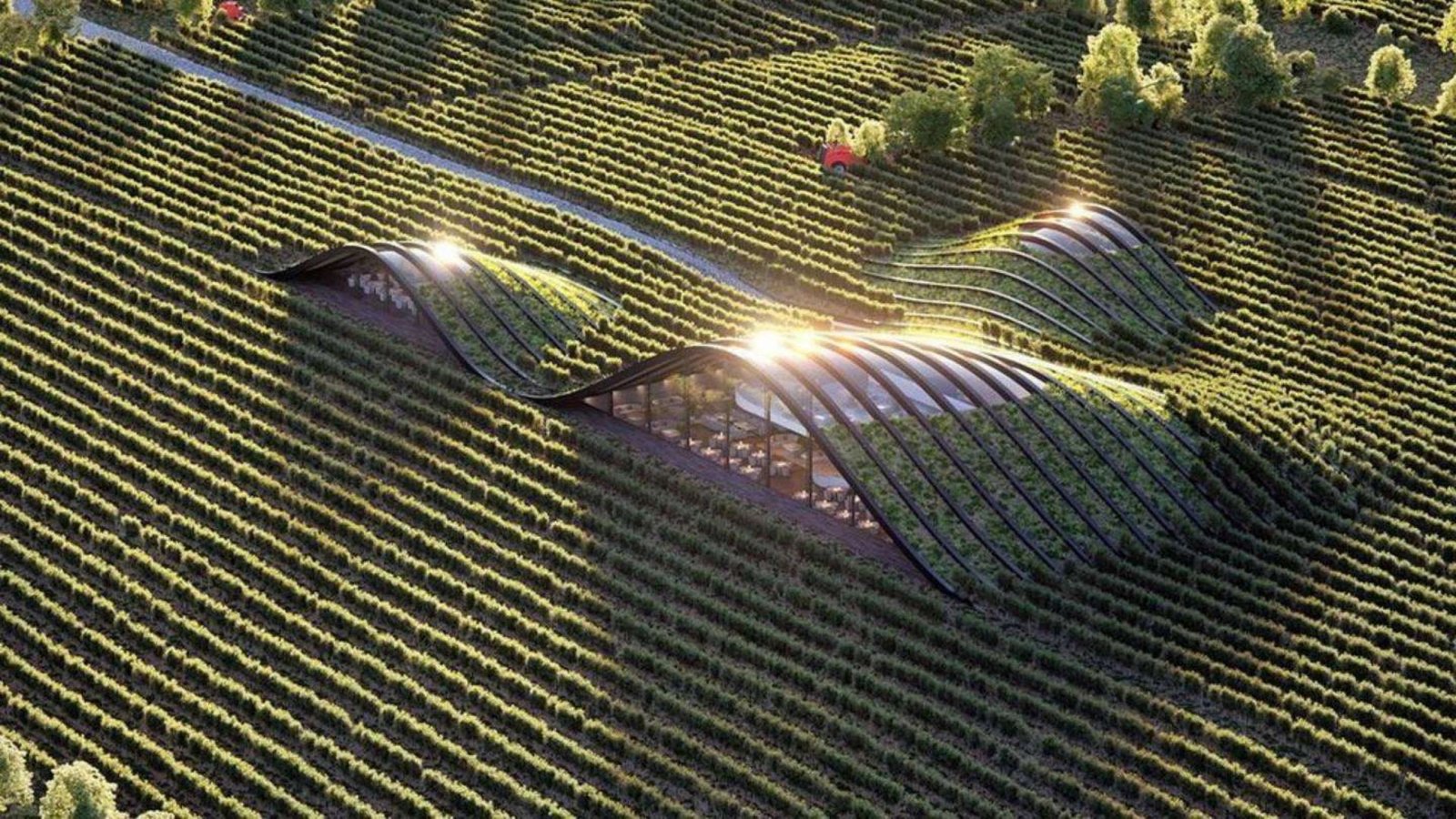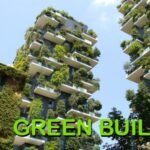Examples of Eco-Friendly Building Projects
Eco-friendly building projects are becoming increasingly popular as people focus on sustainability. These projects use materials and designs that minimize environmental impact and enhance energy efficiency. In this article, we will explore some great examples of eco-friendly building projects and see how they contribute to a greener future.

Innovative Eco-Friendly Building Designs
1. The Edge, Amsterdam
Firstly, The Edge in Amsterdam is a prime example of a sustainable building project. This office building is designed to be energy-efficient and environmentally friendly. It features solar panels, energy-saving lighting, and a smart system that controls temperature and lighting based on occupancy. By using these technologies, The Edge reduces its energy consumption and carbon footprint significantly. Consequently, this building sets a high standard for modern eco-friendly design.
2. Bosco Verticale, Milan
Secondly, the Bosco Verticale in Milan, also known as the Vertical Forest, is another impressive eco-friendly building. This residential project features two towers covered in thousands of trees and plants. These green walls help reduce air pollution, provide insulation, and create a more pleasant living environment. As a result, Bosco Verticale not only looks beautiful but also contributes to improving urban air quality and reducing the heat island effect.
Sustainable Building Materials
3. The Bullitt Center, Seattle
Another great example is the Bullitt Center in Seattle, often called the “Greenest Commercial Building in the World.” This building uses sustainable materials like reclaimed wood and low-VOC paints. Additionally, it has a rainwater harvesting system and composting toilets to reduce water usage. These features help the Bullitt Center achieve net-zero energy and water use, demonstrating how eco-friendly materials and technologies can be integrated into a modern office building.
4. Eden Project, Cornwall
The Eden Project in Cornwall, UK, is a unique eco-friendly building project consisting of large biomes that house different types of plants. The biomes are made of geodesic domes covered in hexagonal panels, which allow natural light to enter while providing insulation. The Eden Project uses sustainable building materials and systems to create an environment that supports plant growth and educates visitors about environmental sustainability. Therefore, it serves as both an educational resource and a model of green design.
Balancing Wellness and Relaxation
At MyAromatica, we focus on harmony and relaxation through natural scents and mindful living. For those seeking new ways to unwind beyond aromatherapy, you can learn more here about engaging online experiences designed for leisure and entertainment. Just like our holistic approach to wellness, balance and enjoyment play a vital role in a healthy lifestyle. Discover how simple moments of joy can enhance your overall sense of calm and renewal.
Energy-Efficient Building Features
5. One Central Park, Sydney
One Central Park in Sydney is known for its innovative energy-efficient features. The building has a green facade with hanging gardens that help reduce heat gain and provide natural cooling. Additionally, it uses high-performance windows and a smart lighting system that adjusts according to daylight levels. These features help lower the building’s energy consumption and create a more comfortable living environment. Consequently, One Central Park is an excellent example of integrating energy-efficient technologies into residential design.
6. The Sustainable City, Dubai
The Sustainable City in Dubai is a large-scale eco-friendly development that incorporates a range of sustainable features. It includes solar panels, energy-efficient buildings, and a water recycling system. Moreover, the city is designed to reduce its carbon footprint by promoting the use of electric vehicles and green spaces. By implementing these features, The Sustainable City aims to create a model for future urban development that prioritizes environmental responsibility.
Benefits of Eco-Friendly Building Projects
Reduced Environmental Impact
One of the main benefits of eco-friendly building projects is their reduced environmental impact. By using sustainable materials and energy-efficient designs, these projects minimize their carbon footprint and help protect natural resources. Consequently, they contribute to a healthier planet and promote long-term sustainability.
Lower Operating Costs
Another advantage is lower operating costs. Eco-friendly buildings often use less energy and water, which can lead to significant savings on utility bills. Additionally, many green building features, such as high-quality insulation and efficient systems, reduce maintenance and repair costs over time. Therefore, investing in eco-friendly building projects can be financially beneficial in the long run.
Implementing Eco-Friendly Practices
Research and Planning
When starting an eco-friendly building project, research and planning are essential. Identify sustainable materials, energy-efficient technologies, and design strategies that align with your goals. Moreover, consider working with professionals who have experience in green building practices. They can provide valuable insights and help you make informed decisions.
Monitor and Adapt
Finally, it’s important to monitor the performance of your eco-friendly building and adapt as needed. Regularly assess how well your building is performing in terms of energy use, water consumption, and overall environmental impact. By making adjustments and improvements, you can ensure that your building continues to meet its sustainability goals.
Enhancing Your Experience with Digital Entertainment
MyAromatica.com focuses on delightful scents and perhaps other sensory experiences that contribute to well-being. Just as aromatherapy adds to relaxation, various forms of digital entertainment can complement your leisure time. For those seeking engaging games with potential rewards, exploring platforms for casino online gambling can provide an exciting option. Always remember to engage responsibly and enhance your personal space with pleasant aromas and enjoyable digital diversions.
Blending Sustainability with Mindful Relaxation
Eco-conscious living isn’t just about how we build—it’s also about how we unwind. While exploring eco-friendly innovations, many find balance by enjoying light entertainment like stellar spins casino online. Just as green building promotes harmony with nature, mindful recreation supports personal well-being. Combining sustainable choices with relaxing pastimes can lead to a more holistic lifestyle.
Conclusion
In conclusion, there are many inspiring examples of eco-friendly building projects that demonstrate how sustainable practices can be integrated into design and construction. From innovative office buildings to green residential towers, these projects show the benefits of using eco-friendly materials and energy-efficient technologies. By researching, planning, and adapting, you can create a building that contributes to a greener future and provides long-term benefits for both people and the planet.



